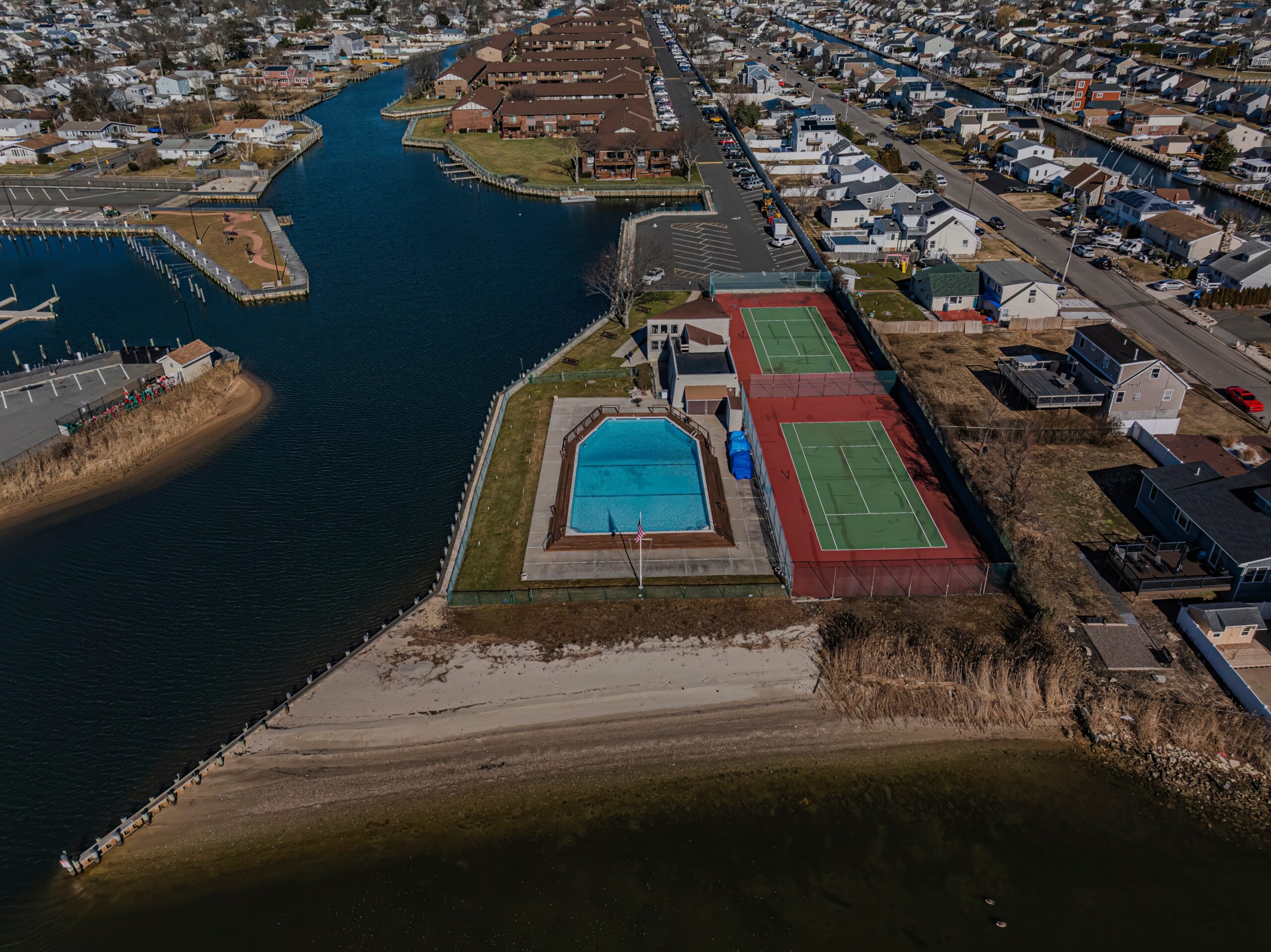Pool Closing Long Island, NY
a blog by JamesREADY TO CLOSE YOUR POOL?
Like most New Yorkers on Long Island, we are sure you don’t want to close your pool. It would be nice if summer stayed forever and it never got cold. But that’s not what happens, and if you don’t properly winterize your pool, it can create expensive problems for years to come. A proper pool closing goes a long way to make sure you get the most out of your pool and pool equipment.
WHEN SHOULD I CLOSE MY POOL?
There isn’t a set day, week, or even month that is better or best when it comes to closing your pool. There are a lot of factors to consider. For example, do you have a heater? If you can keep your pool heated, its possible to extend your pool season to October, and sometimes even November. Most of our customers close the pool in the September to October time frame. The kids are back in school, no one is using the pool, the water is getting chilly, and oh no, here come the leaves. If the pool isn’t getting much use, we highly recommend closing and covering your pool before the leaves start falling. Falling leaves and acorns are a pain to continuously clean out of the pool and they can stain the liner if left under the cover for the winter, so best bet is to clean and close the pool before the leaves start falling off the trees.
HOW TO PROPERLY CLOSE A POOL
Pool closing, also called winterization, is very important in climates that get below freezing in the wintertime. If you don’t properly close your pool, you can create a number of problems that won’t be solved cheap or easy. Even if you are comfortable opening the pool yourself, we suggest hiring a professional to close the pool. One of the most important steps is blowing out and plugging the lines. If this step is not done, or done improperly, the water in the pipes can freeze and expand over the winter when the ground gets cold, resulting in cracked pipes, cracked skimmers and broken heaters, which are very expensive to replace. We typically disconnect the pump and filter, blow out the skimmer and return lines, plug the returns, place gizmos in the skimmers, put on the cover, and then store away the equipment until next season.
HOW TO WINTERIZE THE PUMP
Most pool equipment is designed to withstand the elements and stay outside, so leaving your pump or filter outside isn’t the end of the world, but we find that storing your filter pump in the garage or shed will extend the life as long as possible. Most systems will have plumbing that has unions on either side of the pump, which allows you to easily disconnect and store the pump for the winter. Most pumps have one or more drain plugs at the bottom and its important to take those out and let any excess water drain out. Just like underground pipes, the plastic housing of the pump can crack if water freezes inside. Typically the drain plugs, as well as any other small but important parts, should be store in the basket inside the pump so everything won’t get lost and is easy to find and connect the following season
HOW TO WINTERIZE THE FILTER
The most important thing for any filter is removing the drain plug when its time to winterize the pool. We have seen countless filters completely cracked and destroyed all because someone tried to close the pool themselves and forgot to take out the drain plug. If you have a sand filter, that stays outside in its existing location all winter. Sand filters are very heavy, usually weighing 300-500 pounds, and are designed to stay outside all year round. If you have a DE or cartridge filter, it is recommended that you clean the filter when you close the pool and store the filter in the garage or shed. This will extend the life of the filter and make sure you are ready to go when its time to open the pool next season.
TYPES OF COVER
There are several options when it comes to covering your pool for the winter. If you want a little more information on safety covers, we discussed this in a previous blog at https://thethreecousins.com/2019/08/09/safety-cover/ If you are using a standard tarp cover, we recommend keeping the water level on the high side and having a submersible pump on hand to pump out any rain water and snow melt over the winter. The tarp should be secured with water bags, or some sort of water based weight, for the safety of the liner. We have seen several people over the years use bricks or pavers to secure the cover, which can become a problem if the weight on the cover pulls it into the pool. A few water bags falling in the pool isn’t going to damage your liner, but bricks falling in the pool on the other hand can cause major damage, and replacing a liner isn’t cheap. If you have a safety cover, we typically take the water level down below the skimmers before covering the pool. This allows some room for rain or snow melt over the course of the winter, but we still suggest adding a submersible pump on to the second step under the cover. You never know how much water we will get over a winter and having a pump already in place will allow you to easily monitor the water level without removing the cover
WHEN SHOULD I SCHEDULE MY POOL CLOSING?
As mentioned earlier, there isn’t a set date or deadline, but as soon as you know you won’t be using the pool anymore, you should schedule to close it. If you have a specific date, or week, that you normally like to close its better to schedule too early than too late. If you schedule early, you’re much more likely to get the day or week that you prefer for the closing. If you wait too late, obviously we will try to get to you as soon as we can, but we have to fit you in around the other appointments of people who called earlier. It’s always better to schedule now and change the appointment as we get closer than it is to roll the dice and wait for the last minute. You can call 516-654-7665 to schedule your pool closing anytime.
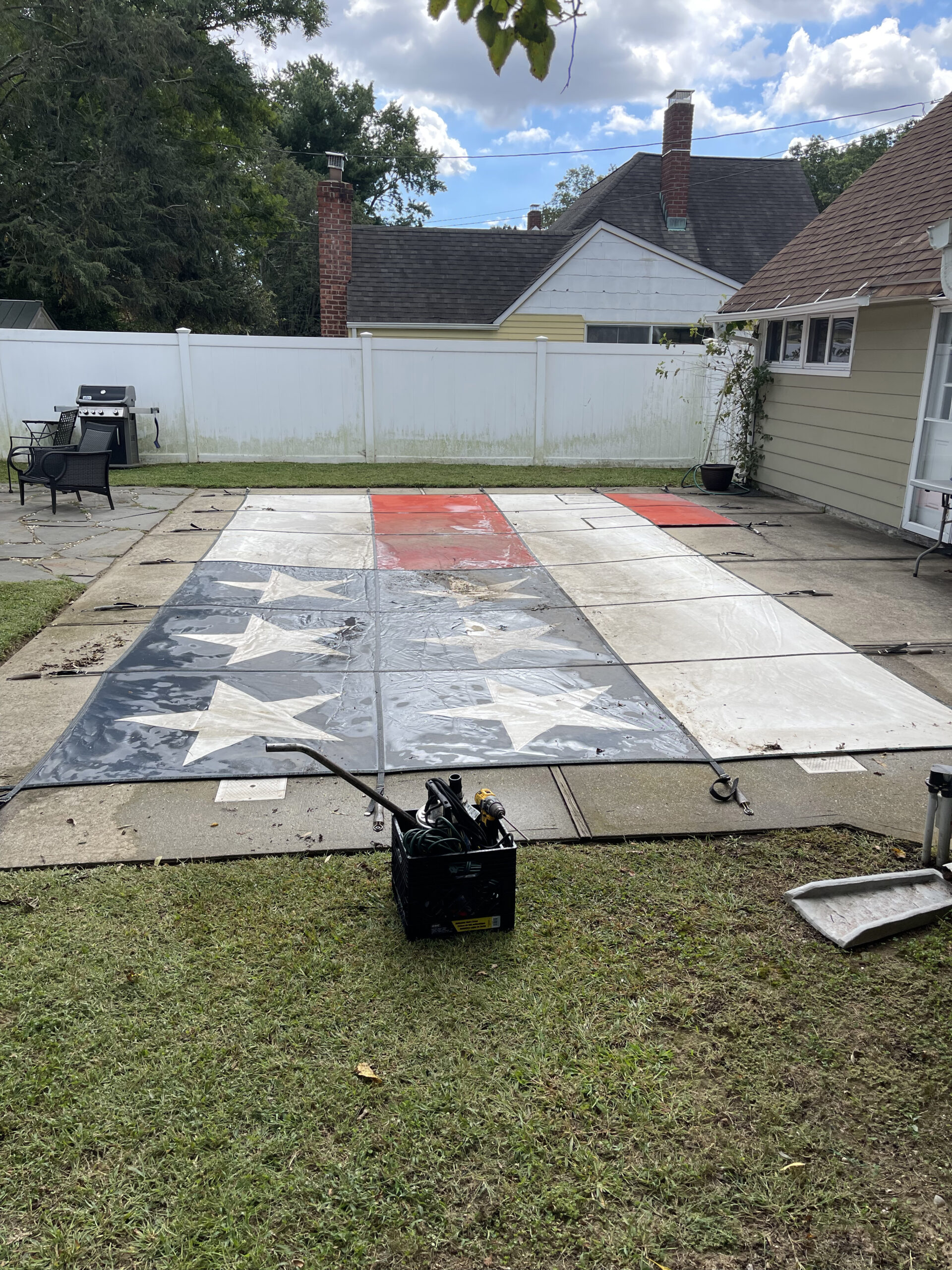
Looking for more articles
from Big Becks?

Why Professional Pool Opening Services are Worth It for Long Island Homeowners
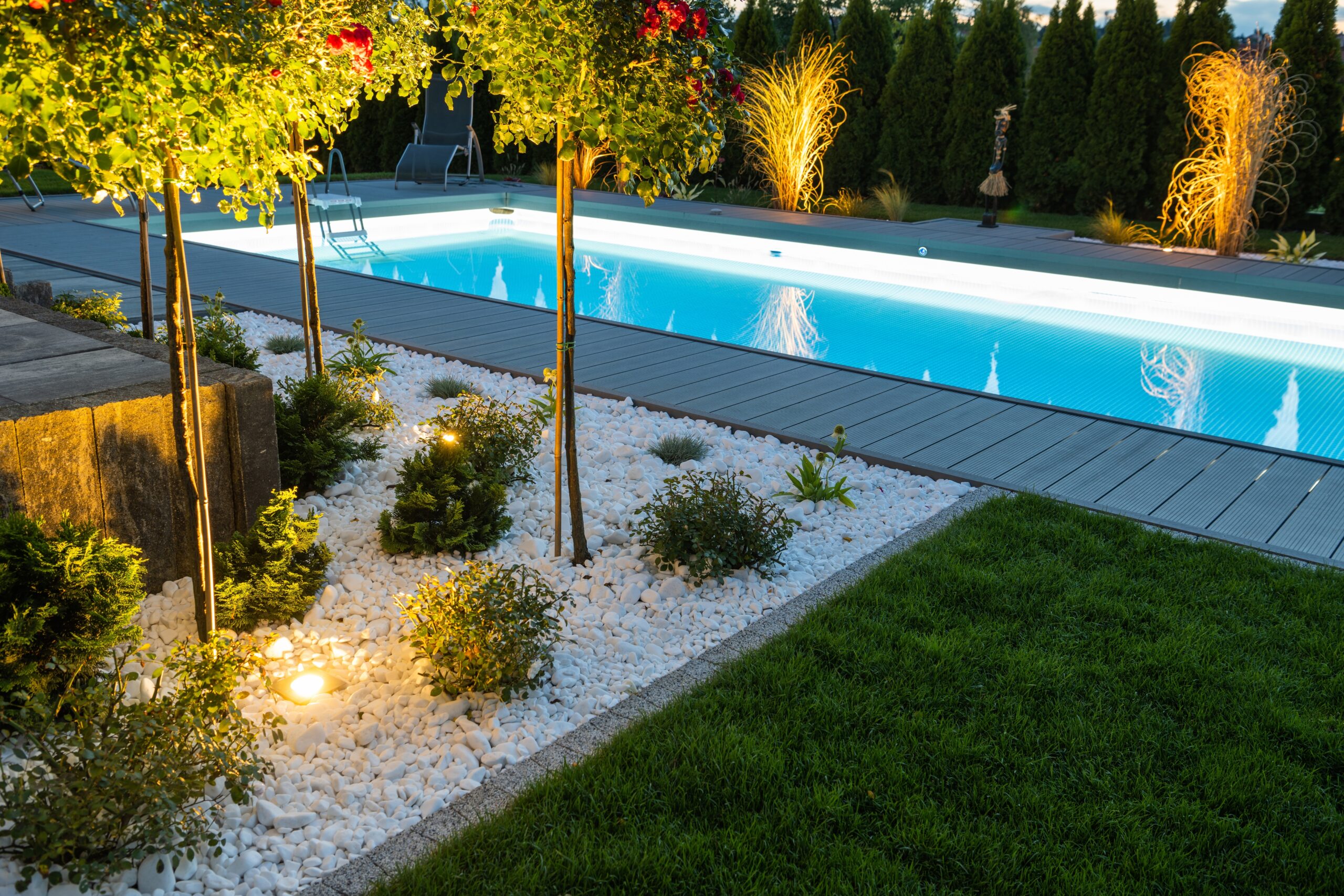
Revitalize Your Pool Area with These Trendy Summer Upgrades
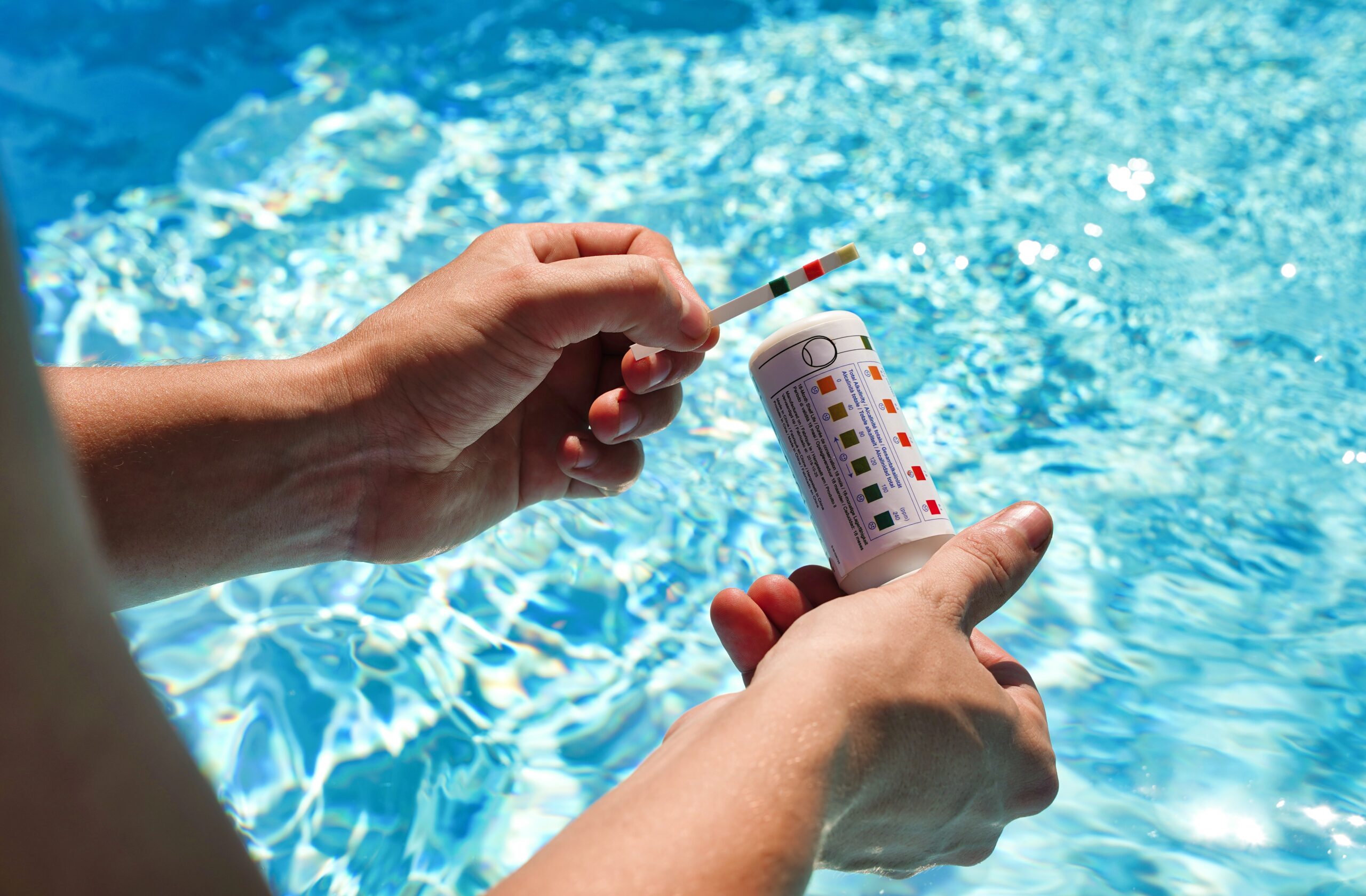
How to Efficiently Balance Your Pool Chemistry for a Sparkling Summer
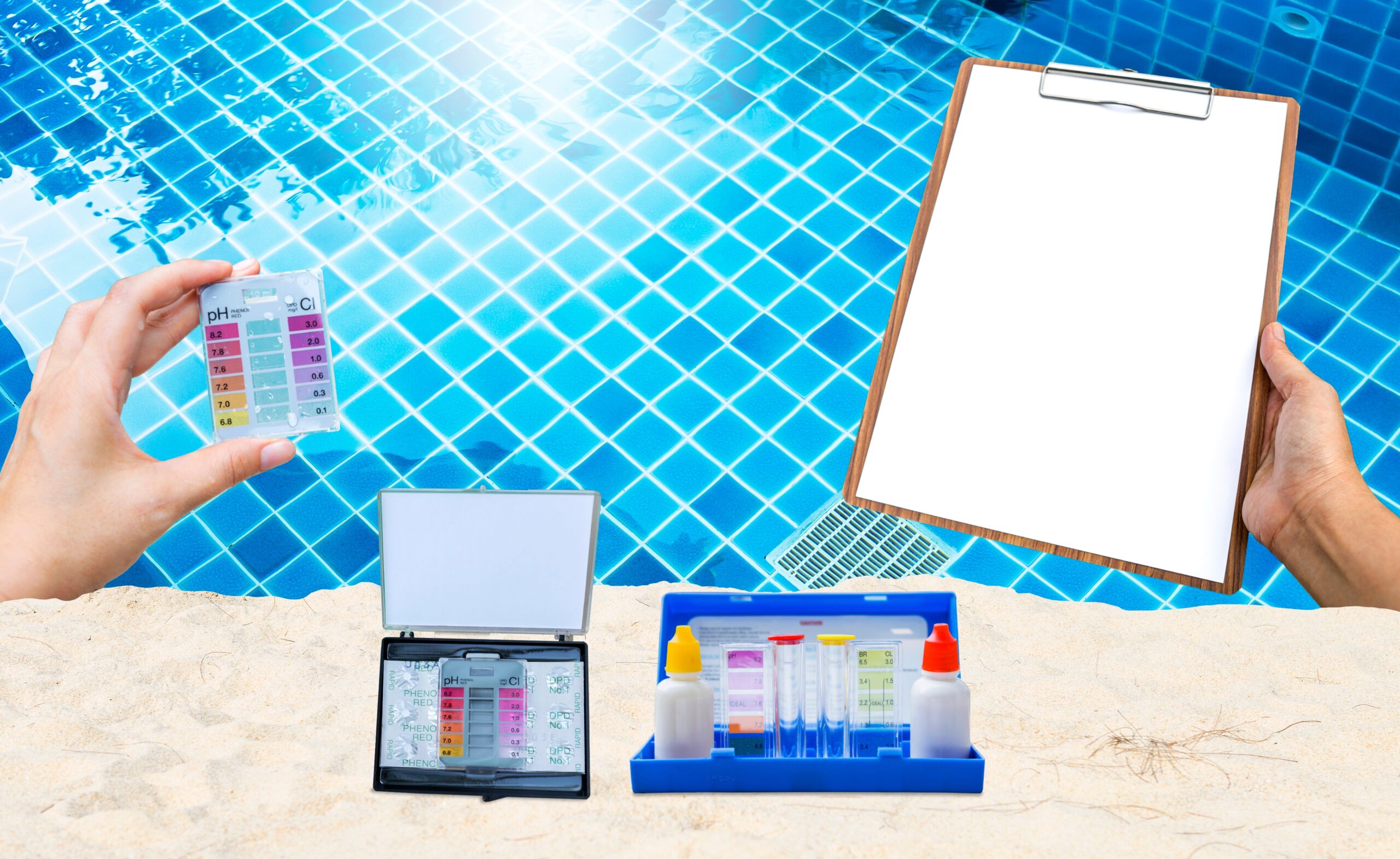
Top 5 Things to Check When Opening Your Pool This Summer
